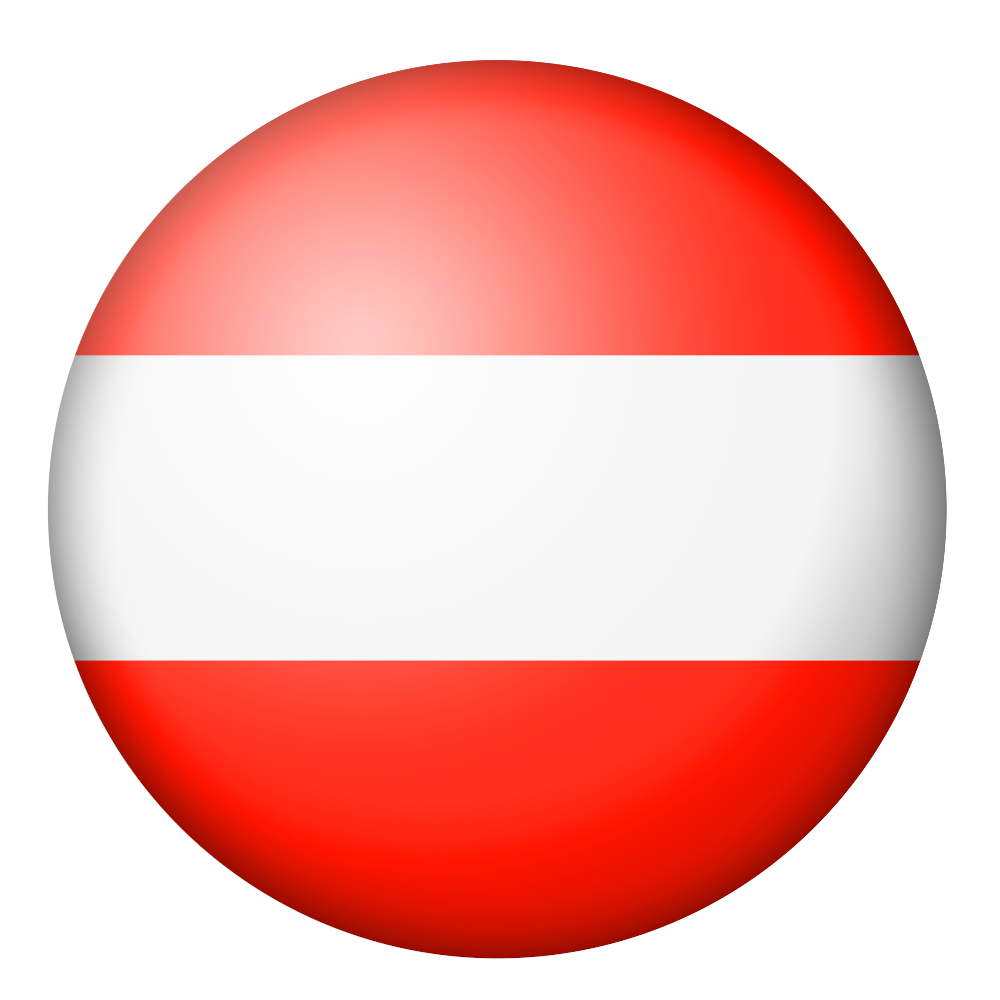Regional Information: Soil
Related matters in other countries
“Soil Stories”
The development of soil is a long process. The formation of many of our soils dates back to the last ice age, more than 10,000 years ago. In the following section, we tell different stories from different countries about the formation of soils. However, these are only an excerpt. More on the topic of soil and its formation can be found in the topic “Soil”.
AUSTRIA

Alluvial soils are comparatively young soils. Landscapes along rivers and streams that are characterised by recurrent flooding and strongly fluctuating groundwater levels are called flood plains (wetlands). The floods and fluctuations in the water level of the rivers or streams result in solid deposits and alluvial deposits. Thus, the parent materials of floodplain soils are sediments, i.e., deposits (mostly stratified and sorted) made by flowing waters and young alluvial material. Alluvial soils therefore typically have a layered structure, which is the result of deposits from several floods. Due to their young age, alluvial soils are usually well supplied with nutrients.
At the beginning of soil development in alluvial areas, the so-called raw alluvial soil is formed. In this initial stage, the soil depth is usually shallow and the humus horizon is still weak. Depending on the characteristics, different types of alluvial soils can develop later. On strongly fluctuating rivers, such as mountain rivers, raw alluvial soils often remain. They are rare biotopes of great value for nature conservation.
GERMANY

The most fertile arable land in Germany can be found in the Magdeburg Börde. But there is also very good and fertile soil around Halle, in the Thuringian Basin and in the Cologne Bay. These are known as black soil and partly also parabrown soil.
“Black soil” (or Chernozem) was formed where there was loose, calcareous subsoil (mainly loess) and a continental climate – i.e., very hot, dry summers and cold winters. Steppes with strong growing grasses, herbs and individual groups of trees formed here. Due to the drought in summer and the cold in winter, dead plants could not be completely broken down by the soil organisms – as a result, an increasingly thick layer of humus accumulated. These conditions prevailed in Central Europe 10,000 to 6,000 years ago. After that, the climate became wetter – and forest prevailed. Under the influence of the forest vegetation, some black soil developed further into parabrown soil. The remaining black soils in Germany are thus relics of the post-Ice Age and if they are destroyed (sealing, erosion…) they cannot be restored.
A special black soil is Terra Preta. It was created under the influence of man, where large amounts of charcoal and plant residues were introduced into the soil. This happened in the Amazon region, among other places, but also in parts of Asia, Africa, and Europe. Today Terra Preta is seen as a way of improving soil and sequestering carbon.
Sources:
- Bayrisches Landesamt für Umwelt (www.lfu.bayern.de/boden/erdausstellung/bodentypen/index.htm)
- Klett Verlag: Infoblatt Schwarzerde
- Terra Preta
SPAIN

The diversity of soils in Spain is one of the most important in Europe and the world. Most of each of the subdivisions of the soil classification are represented. In Spain, zonal soils are characterised by being mature soils and are differentiated by the climate and lithology of each area. Not only are there types of soil representative of the current climatic zones, from cold climates (high mountains) to the arid and semi-arid ones in the south and east of the peninsula, among others, but there are also typologies of extreme aridity together with others inherited from past tropic climates. From the soils at the Atlantic, Continental and Mediterranean macroclimatic level of the Iberian Peninsula, to the soils of volcanic origin of the Canary Islands.
Taking into account the degree of evolution of the soils, in Spain, soils are represented from the youngest (Entisols) and the poorly developed ones (Inceptisols), to those that have reached the last stages of weathering and evolution (Ultisols).
Currently, the Basque Country is the Autonomous Community of Spain with the highest percentage of wooded area, representing 54% of its territory. Farmland represents 20% of the total area, reaching a greater importance in the province of Araba with 45%.
Sources:
https://www.consumer.es/medio-ambiente/suelos-en-espana-una-gran-diversidad-en-peligro.html
https://www.euskadi.eus/informacion/suelo/web01-s2ing/es/
